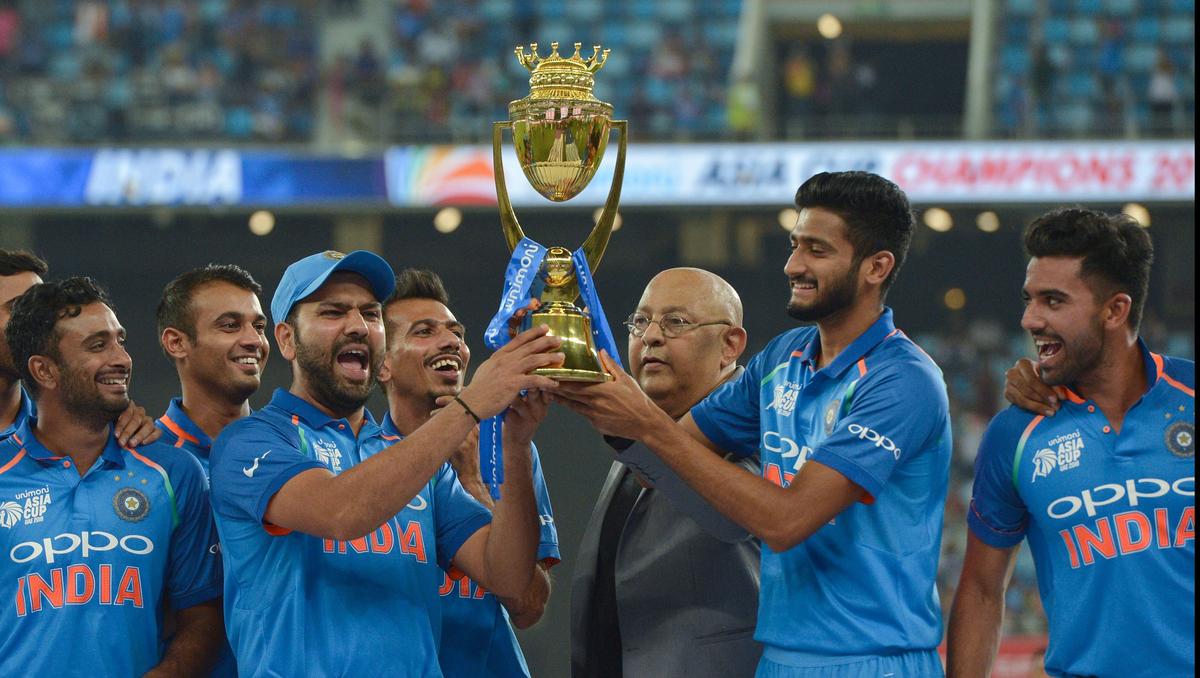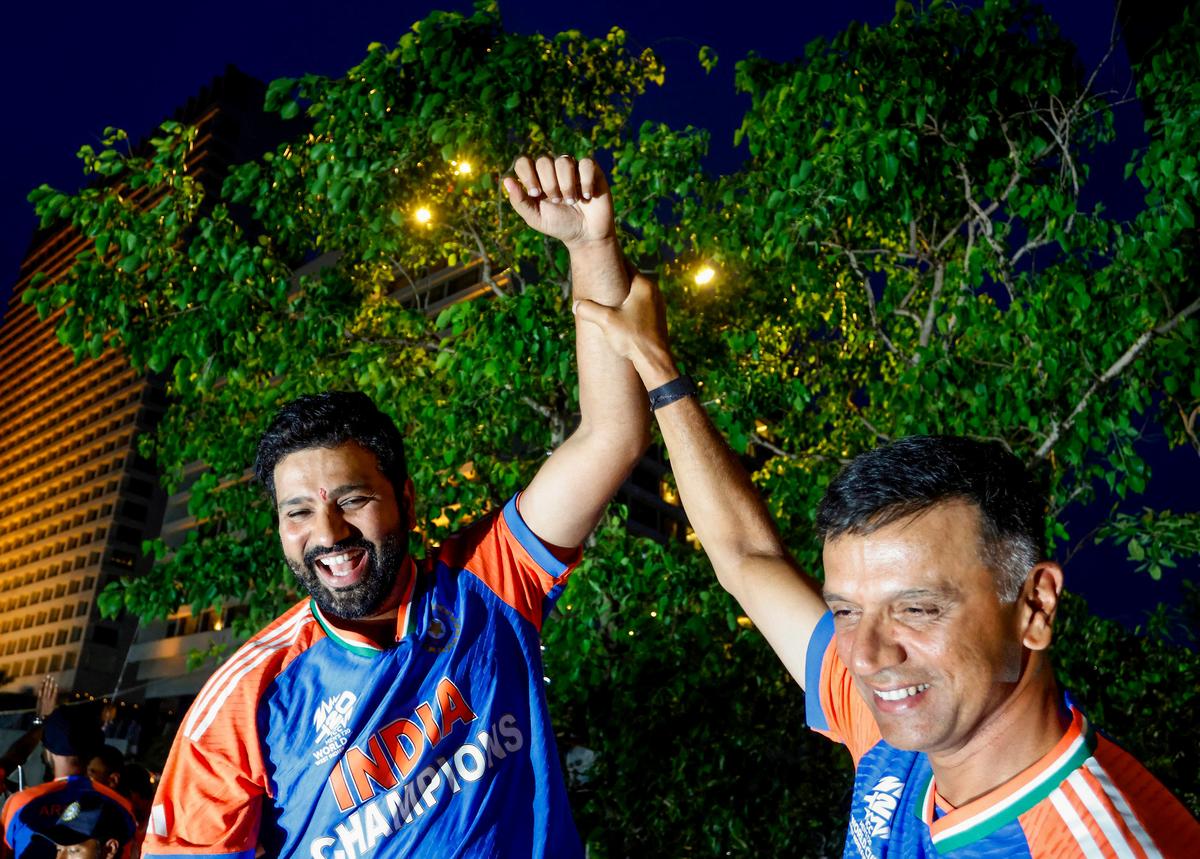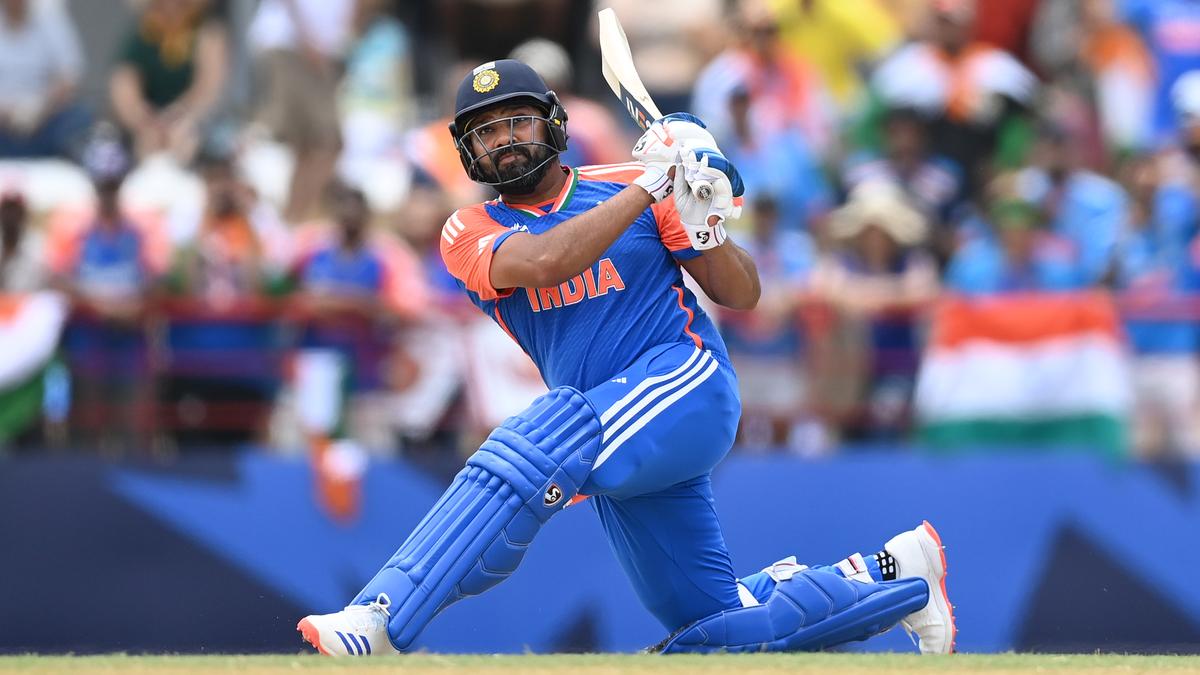On October 7, at a prestigious sports awards ceremony in Mumbai, Rohit Sharma received a special honour – a recognition for captaining India to Champions Trophy glory, the nation’s second successive ICC limited-overs title within a year. The applause was thunderous, the tributes heartfelt, but the timing ironic.
Days earlier, Rohit’s captaincy era in Indian cricket had officially drawn to a close. His leadership had already faded from the Indian Premier League (IPL) landscape before the 2024 season. He had retired from T20 internationals minutes after lifting the T20 World Cup in Barbados. And in early 2025, he called time on his illustrious Test career, leaving just the ODIs, the format that had defined his evolution as one of India’s greats.
On October 4, chief selector Ajit Agarkar confirmed what many had expected – Shubman Gill would succeed Rohit as India’s ODI captain. The announcement, symbolising a generational shift, brought the curtain down on one of the most successful and transformative tenures in India’s white-ball history.
Leader of many hues
Rohit captained India for the first time in 2017 as a stand-in leader in both limited-overs formats. He had already established himself as a serial winner in the IPL, leading Mumbai Indians to three titles. That experience had toughened him, sharpened his cricketing instincts, and earned him the reputation of a tactician with both vision and patience.
When Virat Kohli opted out of the 2018 Asia Cup, the selectors, in consultation with coach Ravi Shastri, had little hesitation in handing Rohit the responsibility. What followed in the United Arab Emirates that September was a defining chapter.

Rohit was at the helm when India won the Asia Cup in 2018.
| Photo Credit:
AFP
Rohit marshalled his team with clarity and composure, recalibrated the batting order and bowling plans after Hardik Pandya’s injury, and inspired India to yet another continental triumph. It wasn’t just the crown that mattered – it was the method. His calmness under pressure, willingness to back players beyond conventional logic, and the knack for setting attacking fields without being reckless – all became hallmarks of the Rohit Sharma blueprint.
However, unlike Mahendra Singh Dhoni, Rohit was never the silent, inscrutable figure in charge. He was expressive – often gesturing to fielders, frequently in conversation with bowlers, and occasionally animated when a plan went awry. Yet, beneath the exterior that often trended on social media, was an astute cricketing mind that operated with near-mathematical precision.
He was vocal, yes, but not overbearing. He listened. Bowlers under him often spoke about how Rohit’s greatest strength lay in not forcing his opinion – in letting the bowler own the plan even if it went against the textbook.
In a team full of superstars and big egos, Rohit’s humility and humour acted as equalisers. The dressing room, once fragmented by individualism, began to reflect the captain’s temperament – focused, aware, but always light-hearted enough to absorb pressure.
The big reset
When Rohit and Rahul Dravid took over the reins in 2022, Indian cricket was at a crossroads. The team was strong, but the methods had begun to creak. The semifinal defeat in the 2022 T20 World Cup to England in Adelaide was a wake-up call, and Rohit confronted it head-on.
He candidly admitted that India was on the verge of being outdated in T20 cricket. More importantly, he didn’t hide behind statistics or excuses. He initiated a reboot – both in mindset and team structure.

The combination of Rohit and Dravid ended India’s drought in ICC events in 2024.
| Photo Credit:
ANI
The approach to batting changed from accumulation to acceleration. The top-order began to take risks, and the middle-order was built for flexibility rather than role rigidity. He didn’t just preach “fearless cricket” – he embodied it, walking out to open the innings with the licence to go hard from ball one.
If India’s 2022-23 season was about finding that rhythm, 2023-24 was about mastering it. The T20 World Cup triumph in June 2024 that ended an 11-year ICC trophy drought was both vindication and farewell. Rohit’s fearless 39-ball 57 in the semifinal against England – played with abandon and intent – became symbolic of the philosophy he had championed.
ODI Maestro
Months earlier, the same approach had ended up haunting him. Having gotten India off to a flier in the 2023 World Cup final against Australia on home soil, a rush of blood resulted in Rohit losing his wicket and India the plot. Nevertheless, if T20s showcased Rohit’s reformist zeal, ODIs reflected the mastery.
Few Indian cricketers have understood the tempo of the 50-over format quite like him. From his three double-centuries to his uncanny ability to read match situations, Rohit’s ODI legacy was already secure long before he wore the captain’s armband.
As a leader, he added a layer of tactical brilliance. He rotated his bowlers smartly, preserved strike bowlers for key overs, and often set unorthodox fields, particularly against left-handers. His use of spinners in the middle overs, a throwback to India’s 1990s approach, wrested back control in a format increasingly skewed towards batters.
Under him, India reached the 2023 World Cup summit clash with a near-flawless run – only to falter at the last step in Ahmedabad. Yet, even that heartbreak was marked by admiration for the brand of cricket his side had played – attacking, efficient and team-first. In defeat, Rohit’s mature leadership stood out. There was no deflection, no dramatics – only acknowledgment of the opponent’s superiority and quiet pride in his team’s consistency.
Beyond tactics and trophies, what distinguished Rohit was his empathy. He was a captain who noticed when a youngster was nervous, cracked a joke to lighten the huddle before a big chase and publicly backed out-of-form players. For those like Suryakumar Yadav, Gill, Kuldeep Yadav and Mohammed Siraj, Rohit wasn’t just a captain – he was a mentor who made them believe that they belonged.
Agent of change
Rohit’s emotional intelligence often went under-appreciated, overshadowed by his effortless six-hitting or his meme-worthy press conferences. But within the ecosystem of Indian cricket, it was transformative.
From 2017 to 2025, Rohit led India in 118 limited-overs internationals, winning over three-fourths of those. He became the only Indian skipper after Dhoni to lift two ICC trophies.
Yet, his legacy cannot be confined to win-loss ratios. He changed how India approached white-ball cricket. He proved that leadership neither needed to be loud to be effective nor dictatorial to be decisive. He reminded a cricket-mad nation that strategy and soul could co-exist.
As the baton passes to Gill, the journey comes full circle for Rohit – from an eager understudy to the heir apparent, from the ‘Hitman’ to the headman, and finally to the elder statesman who left the team richer in identity and belief.
He might not have captained for as long as Kohli or amassed as many titles as Dhoni, but in redefining India’s limited-overs ethos, Rohit ensured his name would be etched alongside.
And as he stood on that awards stage – leaner, composed and smiling knowingly – it wasn’t just an honour he received. It was an acknowledgement that his legacy, like his lofted pull over mid-wicket, will stay alive in India’s collective cricketing memory for a long, long time.

